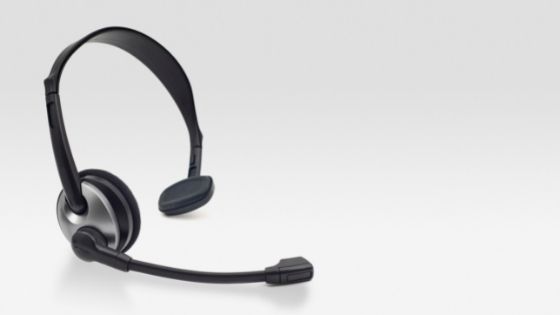There are a lot of headsets on the market these days, and it might be difficult to choose which one is best for you. That’s why we’ve put together this list of features to look for when shopping for a headset under $50.
Finding a top under 50 headset can seem daunting with so many options available, but don’t worry. Read ahead to get some help finding the best headset for yourself.
Type of Headset
First and foremost, you’ll want to decide what type of headset you need. There are three main types: over-ear, on-ear, and in-ear.
Over-ear headsets are the biggest and most bulky, but they tend to be the most comfortable and have the best sound quality.
On-ear headsets are smaller and more lightweight, making them a good option if you want something that’s easy to carry around.
In-ear headsets are the smallest and most portable, but they can be less comfortable for some people.
Sound Quality
Whether you’re using your headset for gaming, music, or making phone calls is crucial.
Most headsets will have some noise-canceling feature, which is crucial if you want to hear your audio over background noise. Some headsets also have surround sound, giving you a more immersive gaming or movie-watching experience.
Comfort
If you are going to wear the headset for extended periods of time, it’s important that it is comfortable. Look for headsets with cushioned ear cups and adjustable headbands.
You should also make sure that the headset is lightweight and doesn’t put too much pressure on your head.
Connection Type
Finally, you need to decide what kind of headset connection you want. Most headsets use either a wired or wireless connection.
Wired headsets are generally cheaper and have better sound quality, but they’re not as convenient as wireless headsets since they require you to be tethered to your device. Wireless headsets are more expensive, but they’re much more convenient since you can move around freely without being restricted by a cord.
Technical Attributes
When you’re looking for a top under 50 headset, there are a few technical attributes that you’ll want to keep in mind.
- Impedance: This measures how much electrical resistance a headset has. The lower the impedance of the headset, the easier it is to drive the headphones and the louder they will be.
- Frequency response: FR is the range of frequencies that a headset can reproduce. Humans can hear frequencies between 20Hz and 20kHz, so you’ll want a headset with a frequency response that falls within that range.
- Sensitivity: Sensitivity measures how loud a headset will be when given a certain amount of power. The higher the sensitivity of the headset, the louder the sound will be.
- Headphone Drivers: Drivers are the part of the headset that produces the sound. The size of the driver usually determines how powerful the sound is.
- Total Harmonic Distortion: THD is how much distortion is produced by the headset. The lower the THD, the better it is.
Now that you know what all features to look for, you can start looking for the ideal headset for under $50. You’ll be able to discover the perfect one for yourself with so many accessible options.

















